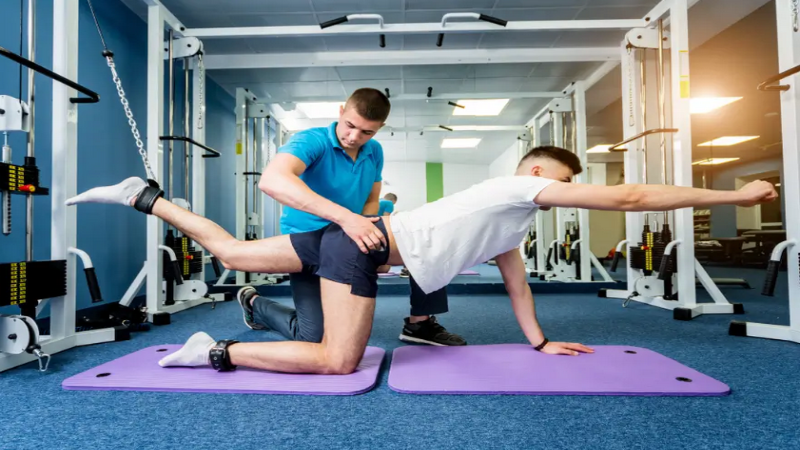Often, when people make their first visit to a physical therapist, they don’t know what to expect. Understanding what you will experience, as well as the common methods these professionals use, can help to set your mind at ease.
Most physical therapists work with patients suffering from any type of musculoskeletal injury, trauma, or as part of rehabilitation after an illness or medical procedure. Some therapists specialize in working with children or the elderly, and there are some therapists who also work with specific types of rehab programs geared to one group of conditions.
Regardless of the specialization of physical therapists, there is still a highly professional, researched-based approach to caring for their clients. Unlike other medical professionals, you will typically see your physical therapist over a period of weeks, months, or perhaps even longer, depending on the recovery prognosis.
Stretching and Exercising
In many types of rehabilitation plans, physical therapists will be working with you to learn how to strengthen the injured body part through exercising and stretching. It will be important to wear comfortable clothing that you can easily move in. Most people wear sweats or shorts, and t-shirts, along with good-quality athletic shoes.
You may even be given stretching and exercises as homework. All physical therapists will ensure you are correctly doing each exercise or stretch before asking you to do this on your own.
TENS
TENS is an advanced form of electrical stimulation. The full name is Transcutaneous Electrical Neuromuscular Stimulation (TENS) and, as well as neuromuscular electrical stimulation, it can be used to send controlled electrical pulses into a specific area of the body.
This is done through electrodes that are carefully positioned around the joint or muscle. All you will feel is a slight tingle, and it will effectively stop pain signals as well as contract muscles, depending on the specific type of stimulation used. Often, the contraction used in the neuromuscular stimulation can help retrain muscles after a stroke or other type of neurological disease or condition.
Depending on the issue that brings you to physical therapists, you may also find that your treatment will involve massage and joint manipulation or mobilization. With these techniques, the physical therapist will increase the range of motion and blood flow to the area to assist in healing; and also to manually stretch and relax muscles before or after your treatment session.
At Suburban Orthopaedics, we have some of the top physical therapists in Illinois at our clinics and facilities across the state. To learn more or to find a location near you see us online at www.suburbanortho.com. You can also follow them on Twitter for more updates!



